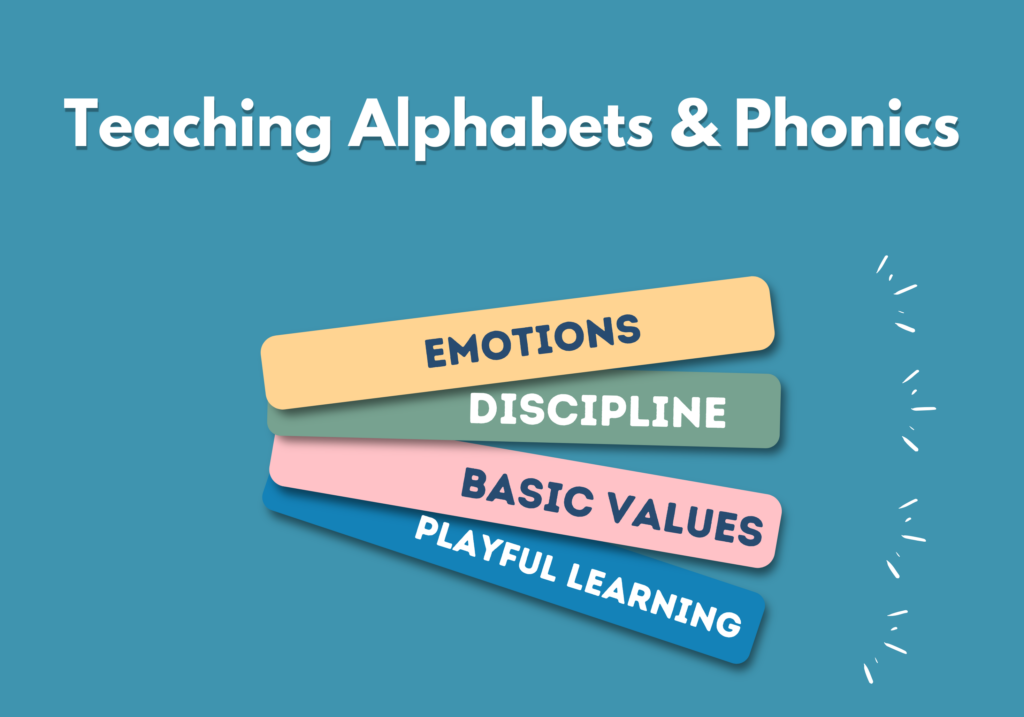
Teaching letters and sounds is certainly important, but before diving into academic skills, there are foundational aspects that truly shape a child’s development: understanding emotions, discipline, and values. These elements form the core of a child’s personality and their approach to learning, relationships, and navigating the world. Without this strong foundation, even the best academic efforts may fall short. Emotional understanding helps children develop empathy, self-awareness, and resilience, which are essential for social interactions and learning experiences. Discipline teaches them the ability to follow rules, manage frustrations, and stay focused, laying the groundwork for future success in school and life. Values like kindness, honesty, and respect create a sense of integrity and connection with others, which makes the learning process more meaningful and rewarding. When children understand their emotions, learn to regulate their behavior, and embrace core values, they are more likely to approach new challenges with confidence, stay engaged in learning, and develop positive relationships with peers and adults alike. This emotional, behavioral, and moral grounding isn’t just crucial for immediate learning; it shapes the child’s overall development, helping them become well-rounded, thoughtful, and capable individuals in every area of life.
Emotional Understanding: The Key to Self-Regulation
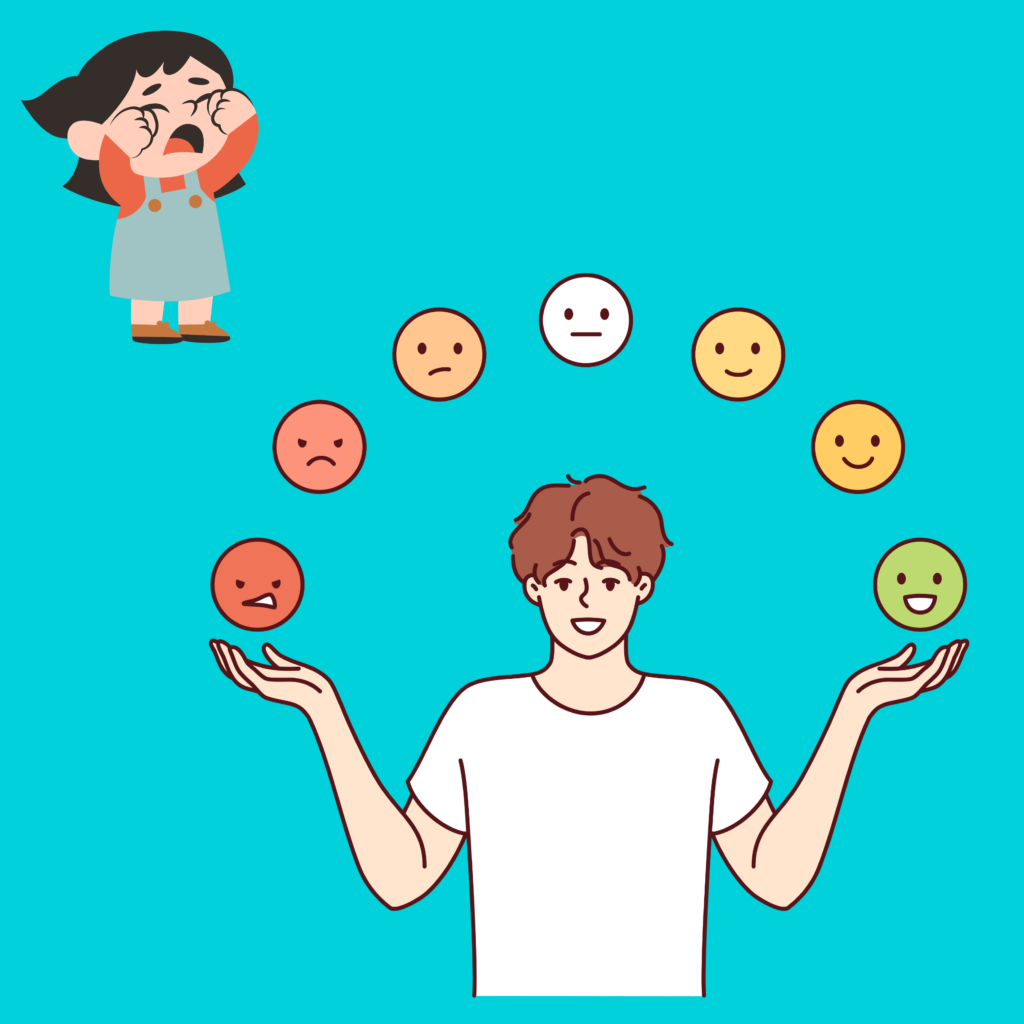
Why it matters: A toddler’s ability to recognize and express their emotions plays a crucial role in how they interact with others, manage frustration, and approach challenges. If children learn to identify what they are feeling—whether it’s happiness, sadness, frustration, or excitement—they can better express themselves, which leads to better communication and problem-solving skills.
Building blocks for learning: When toddlers are emotionally in tune with themselves, they are less likely to act out of frustration or confusion. Instead, they are more likely to stay calm, follow directions, and understand the emotional context of a task. This emotional intelligence also aids in social interactions, such as sharing, taking turns, and resolving conflicts.
Activities to understand emotions (Toddlers)
These activities can be both fun and educational, offering opportunities to learn about feelings in a relaxed, engaging way.
- Use toys or dolls: When playing with dolls or action figures, you can animate the toys by saying, “The bear looks sad because it lost its toy,” or “The robot is happy because it got a new battery.” This helps children connect emotional words with physical expressions.
- Naming emotions during playtime or reading books about feelings are incredibly effective in helping young children develop emotional awareness and understanding.
- Model your own emotions: While playing, you can also express your own emotions. For instance, if you’re building a tower together and it falls, say, “I’m feeling frustrated because the tower collapsed, but I’m going to try again!” This teaches children how to express their emotions in a healthy way and helps them understand that it’s okay to feel upset, as long as you deal with it constructively.
- Encourage emotional vocabulary: While engaging in pretend play or any type of activity, pause and ask, “How do you think the character feels right now?” or “What would you do if you were feeling sad?” This encourages the child to think beyond surface actions and connect feelings to behaviors.
- Storytelling with emotion-driven plots: Choose books where characters experience a wide range of emotions, like joy, sadness, fear, anger, or excitement. Books like The Feelings Book by Todd Parr or How Do Dinosaurs Say I’m Mad? by Jane Yolen, or The Way I Feel by Janan Cain, are excellent examples. These books help children identify their own feelings and see that emotions are a normal part of life.
- Discussing emotions in the story: After reading a book, ask questions like, “How did the character feel when that happened?” or “What did they do when they felt that way?” This not only helps children practice identifying emotions but also encourages them to think about how they can respond to their own feelings in similar situations.
- Interactive reading: Some books allow children to mimic facial expressions or make different voices for characters based on their emotions, which adds a fun, interactive element. This can help children not only learn about emotions but also practice recognizing them through body language and tone of voice.
Discipline and Routine:
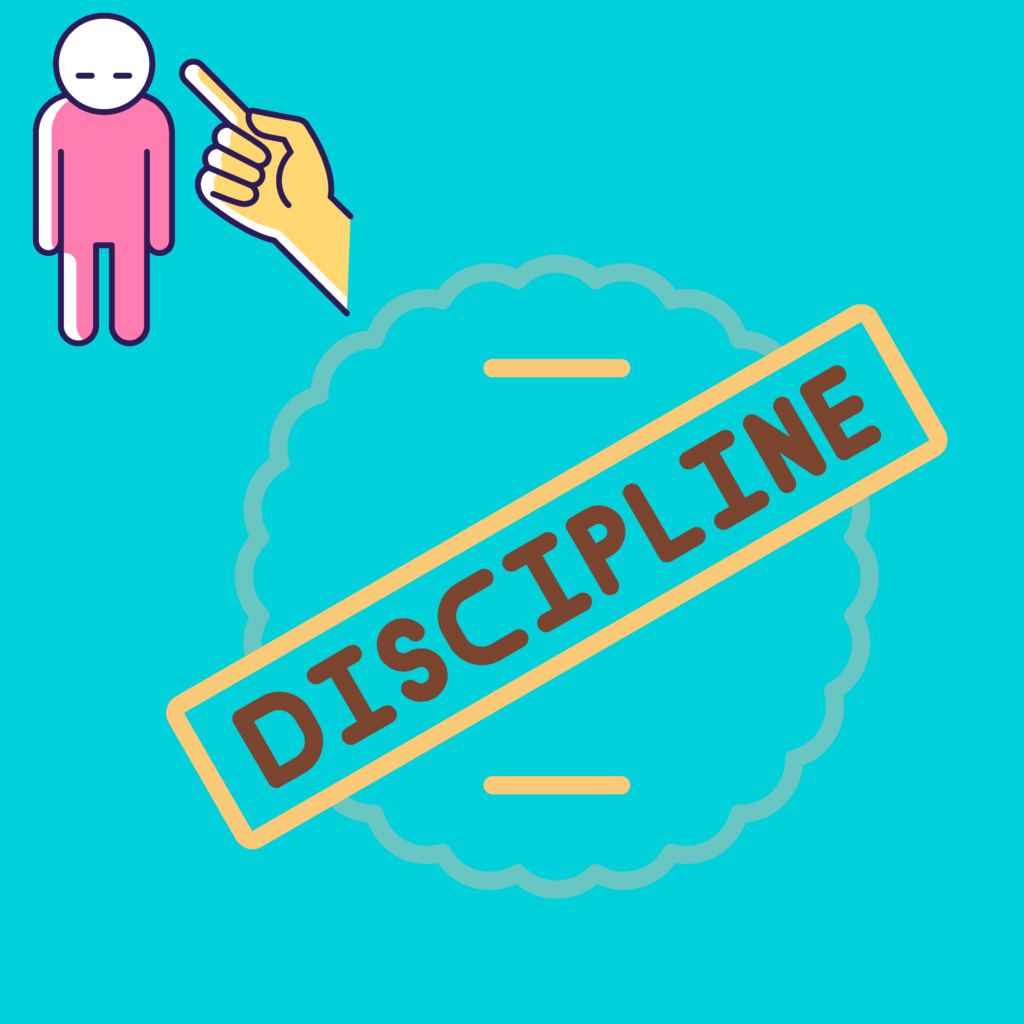
Discipline: Creating a Framework for Self-Control
- Why it matters: Discipline in early childhood doesn’t just mean saying “no” or enforcing rules. It’s about teaching children to recognize boundaries, understand cause and effect, and eventually develop self-control. Through clear, consistent discipline, toddlers learn that their actions have consequences and they begin to internalize behaviors like patience, responsibility, and respect.
- Building blocks for learning: Without a solid foundation of discipline, a child may struggle with focus, impulse control, and following through on tasks. Children who understand the value of discipline are more likely to stay engaged in learning activities, as they can handle frustrations or setbacks without giving up or getting distracted.
Basic Values:
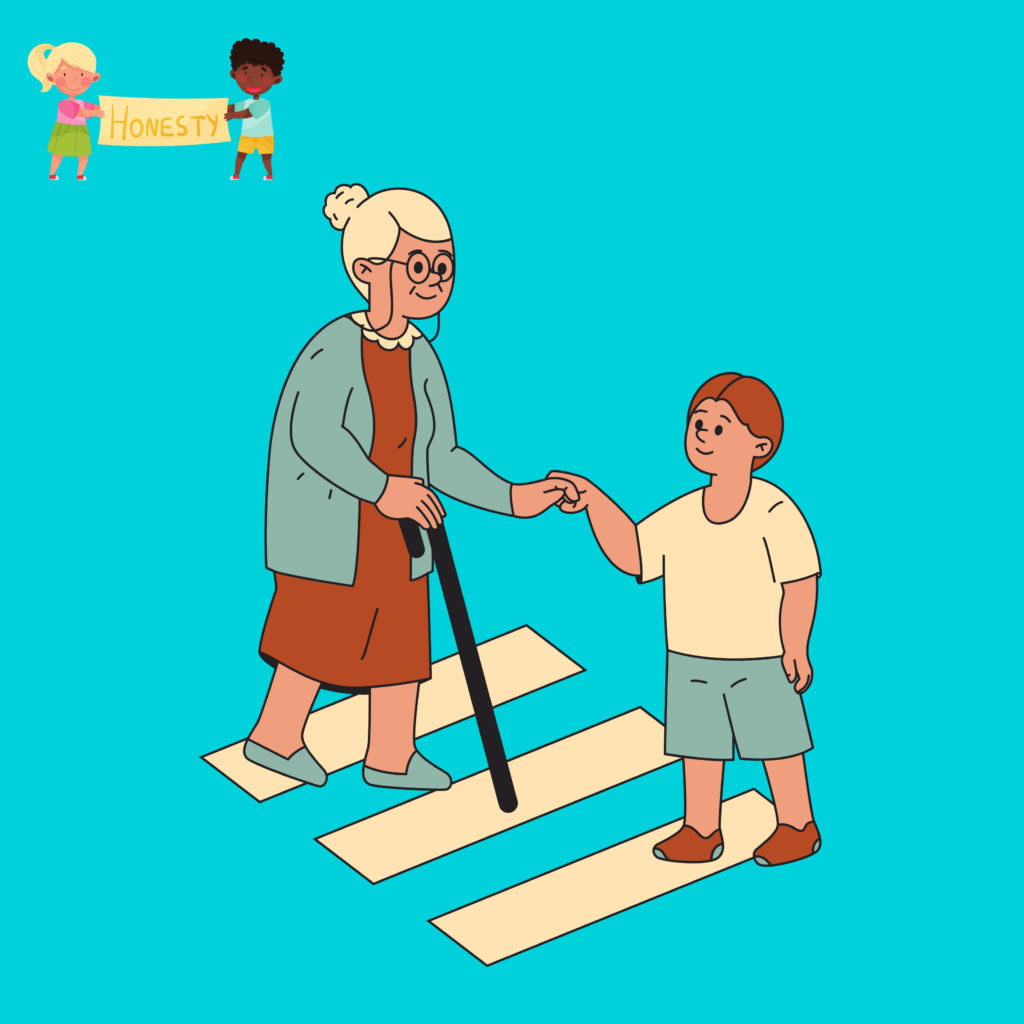
Values: Shaping Character and Building Relationships
- Why it matters: Values like kindness, honesty, and respect shape how a child sees the world and interacts with others. Early lessons in empathy and understanding help children navigate social situations, form friendships, and contribute positively to their communities. These values also influence how children approach learning—whether they see it as a fun, rewarding process or something to avoid.
- Building blocks for learning: When children are taught values like respect, honesty, and persistence, they approach learning with a sense of purpose. They are more likely to work well with others, share resources, and participate in group activities. Moreover, children who internalize these values are more motivated to learn for the right reasons—because they understand the long-term benefits and joy of acquiring new skills.
Once your child begins to grasp these basics, they’ll naturally be more receptive to learning alphabets and phonics. Now, let’s move on to how I teach ABCs in a fun, engaging way.
Teaching Alphabets and Phonics
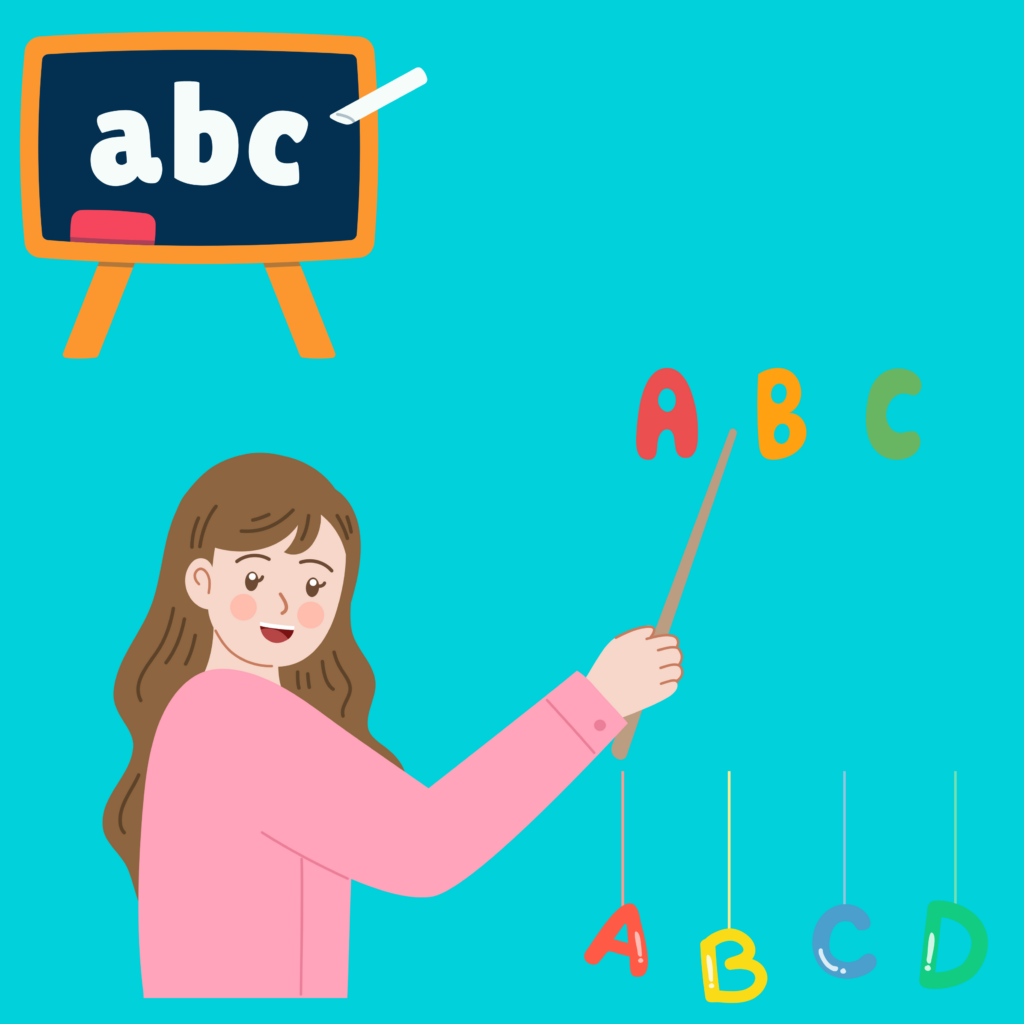
Now, How to Teach ABCs the Right Way:
- Make it Fun and Interactive: Instead of just drilling letters, create activities that engage emotions and social learning. For example, sing the ABCs while associating each letter with an emotion (A is for “angry,” B is for “brave,” C is for “calm”). This reinforces emotional awareness while also teaching the alphabet.
- Start with upper case letters first because it’s easier for toddlers to learn.
- Incorporate Values: Each time you introduce a new letter, think about how it connects to a value. “D is for ‘Determination'” or “C is for ‘Caring.’” This way, your toddler is not only learning letters but also internalizing essential life skills and values at the same time.
- Use Emotional Stories: Books are a great tool for this. Read stories that reflect the emotions or values you want to teach. For example, “The Very Hungry Caterpillar” teaches patience and growth, while “The Rainbow Fish” shows kindness and sharing. Discuss the feelings of the characters and link them to letters and sounds.
- Positive Reinforcement: Praise your toddler when they express their feelings appropriately, behave well, or show empathy towards others. Connect these behaviors with their learning of letters—“You’re being very patient with your sister while we read this story, just like how we learn our ABCs step by step!”
- Model Behavior: Be a role model for emotional regulation, discipline, and values. Show your child how to handle your own feelings, respect others, and approach challenges with perseverance. Children learn best by observing those around them.
- Alphabet flashcards provide larger, more vibrant visuals than books, making them more captivating for toddlers.
- Foam letters and puzzles are great for making learning hands-on. Letting them touch and move letters makes it feel like play, not work.
- Sensory play is another opportunity to teach toddlers alphabets . playing with rice, lentils and flour would be wonderful. Guide their tiny fingers and let them trace letters.
- Pointing out letters in everyday settings, like on household items, signs, or clothing would do wonders because this way will make things much easier.
- Starting with the letters in their name would be especially exciting—toddler absolutely loves recognizing own name, making the learning experience both personal and fun.
By focusing on emotions, discipline, and values first, you set the stage for more effective learning of the ABCs and everything that follows. When a toddler feels secure in their emotions, understands appropriate behavior, and carries positive values, they’re ready to embrace learning in all forms, including the academic journey ahead.
Phonics:
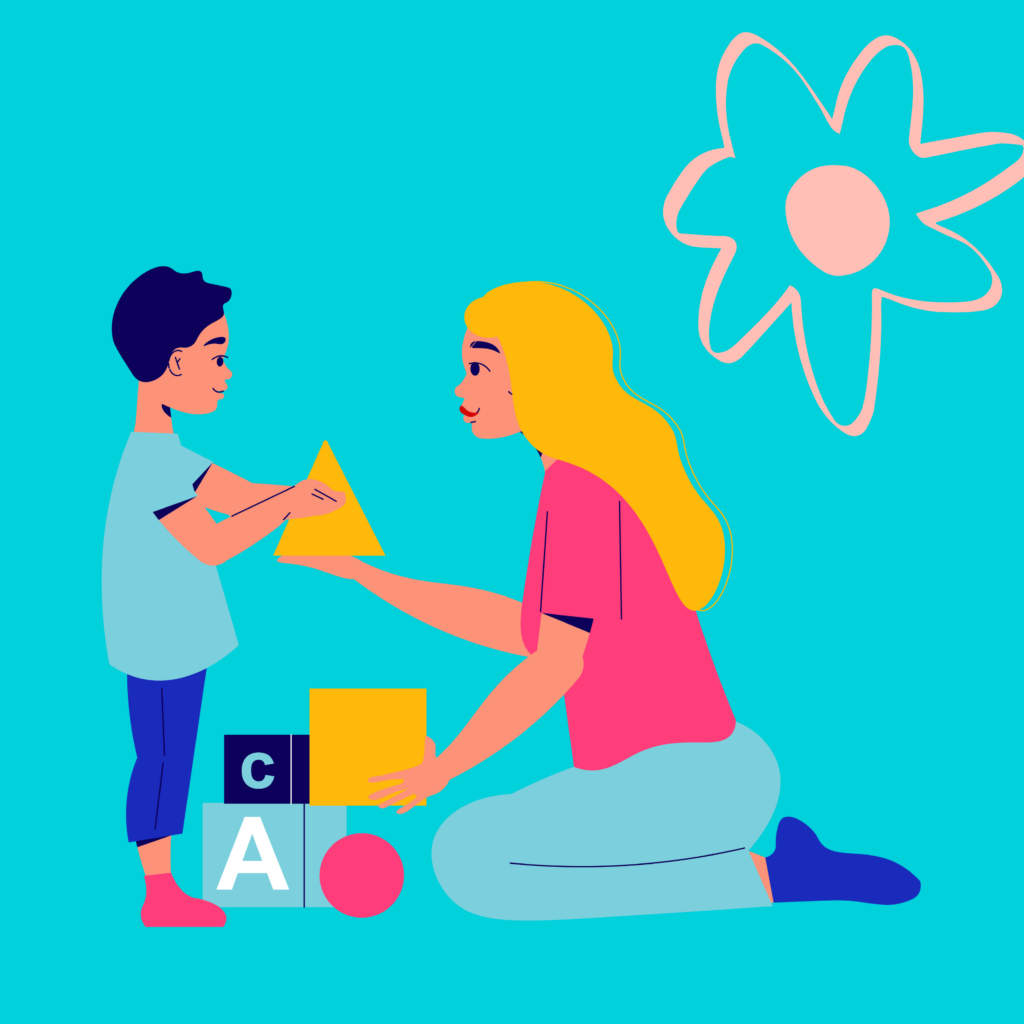
Start with Familiarity
Linking objects to the sounds and letters a toddler already knows is a highly effective method for teaching phonics. For example, saying “A /æ/ is for apple” while holding an apple creates a visual and physical connection that enhances understanding. This approach can be extended to other letters: “B is for ball, B-b-ball,” while bouncing a ball together, or “W is for water” while playing with water. These associations help toddlers grasp the sounds in a fun and engaging way.
Hands-On Learning with Visual Connections
Using colorful plates filled with letters and items that start with a specific sound works wonders in making the learning process interactive. Similarly, a vocabulary board with flashcards that correspond to specific sounds reinforces these connections, making learning more meaningful and practical. These visual aids help toddlers associate each letter with a tangible object, making the learning experience more concrete and memorable.
Multisensory Learning
These hands-on activities not only make learning enjoyable but also strengthen phonemic awareness by connecting sounds to tangible objects. By engaging multiple senses—such as sight, touch, and sound—the child’s brain can more easily absorb and retain phonics concepts. This multisensory approach fosters a deeper understanding of letter-sound relationships, making phonics fun, memorable, and effective.
Phonic Songs for Reinforcement
Phonic songs are also a helpful tool, as toddlers often enjoy learning through music. The rhythm and repetition in these songs aid in reinforcing letter sounds and phonemic patterns in an enjoyable way. The playful nature of phonic songs makes learning feel less like a task and more like a fun activity, further supporting phonemic awareness and retention.
Conclusion
To sum it up, teaching alphabets and phonics is important, but it works best when toddlers first understand emotions, routines, and basic values. These skills help them focus, cooperate, and enjoy the process of learning.
Learning should always be playful for toddlers. For Alphabets stick to 3-5 letters and for sounds, 1 or 2 at a time and repeat them over a few days. Toddlers learn best in short bursts, so keep sessions brief and fun.